As commercial buildings advance towards greater energy efficiency and smarter operations, the integration of various building controls with commercial lighting systems is becoming increasingly essential. Beyond the basics of lighting control, several innovative technologies and strategies are enhancing the way energy use is managed and optimized. This article explores some of the key systems that can be integrated with commercial lighting controls in 2024, including plug load control, environmental monitoring, wireless thermostats, and smart building systems.
Plug Load Control
Plug load control is an often-overlooked aspect of energy management, yet it represents a significant opportunity for reducing energy waste. Traditional plug loads—devices such as monitors, desktop lamps, and chargers—are typically plugged into standard outlets or power strips, where they continue to draw power even when not in use, a phenomenon known as “vampire power.” Plug load control systems address this issue by routing these devices through specialized controllers that manage their power usage based on schedules or occupancy sensors. For instance, a plug load controller can automatically turn off a desk lamp when not in use or at the end of the workday, thus minimizing unnecessary energy consumption. More sophisticated systems integrate these controllers into a centralized network, allowing for more nuanced control and coordination across multiple devices.
Environmental Monitoring
Incorporating environmental monitoring into a commercial lighting control system provides a more comprehensive approach to building management. Advanced lighting controls can now support the addition of sensors that monitor various environmental parameters such as temperature, humidity, and CO2 levels. These sensors can trigger alerts when conditions exceed predefined thresholds, enabling timely interventions.
For example, in greenhouses where precise environmental conditions are crucial, sensors integrated into the lighting control network can provide real-time data, ensuring optimal conditions for plant growth. This integration eliminates the need for separate monitoring infrastructures, leveraging the existing lighting control network for additional functionalities.
Wireless Thermostats
The integration of wireless thermostats with commercial lighting controls represents a significant advancement in building management systems. Traditionally, managing thermostats and HVAC devices required a dedicated wireless network, which could be costly and complex. However, by utilizing a wireless lighting control network, building managers can route control signals for thermostats through the existing lighting infrastructure. This approach simplifies the network setup by using the robust and widespread lighting nodes as a communication base, reducing the need for parallel networks. The result is a more streamlined and cost-effective solution for managing both lighting and HVAC systems within a building.
Smart Building Systems
Smart building systems extend the capabilities of commercial lighting controls by integrating a variety of independent building systems into a unified network. These systems can include automated window blinds, industrial fans, security systems, and more. By centralizing control over these disparate systems, a smart building network offers greater operational efficiency and enhanced management from a single interface. This integration allows for seamless coordination between lighting and other building functions, optimizing overall performance and energy use. Standards-based controls systems make it possible to add these functionalities to an existing network without the need for extensive new infrastructure, enhancing the versatility and effectiveness of building management.
If you are interested in learning more about intelligent buildings or smart systems, we have an entire blog feed dedicated to automating your lighting with lighting controls and full building integrations. To learn more click here.
Solar Panels
Integrating solar panels with intelligent building controls can significantly enhance energy efficiency and sustainability in commercial properties. Solar panels, when combined with advanced building controls, can optimize energy usage by dynamically adjusting to real-time conditions and energy demands. For instance, intelligent controls can adjust lighting and HVAC systems based on the availability of solar energy, ensuring that energy is used efficiently during peak sunlight hours and reducing reliance on grid power. Additionally, when solar panels are paired with energy storage solutions, such as batteries, the building can store excess solar energy for use during non-sunny periods, further enhancing energy independence and cost savings. This integration not only supports environmental goals by decreasing carbon footprints but also delivers financial benefits through lower energy costs and improved return on investment, making it a valuable addition to any comprehensive building control strategy.
Back Up Power
Incorporating backup power systems and uninterruptible power supplies (UPS) with intelligent building controls enhances reliability and resilience in commercial properties. Intelligent building controls can seamlessly manage UPS units, such as battery-powered, stand-alone, and flywheel systems, by monitoring their status and performance in real-time.
For instance, a building’s control system can track the battery life of UPS units, schedule maintenance, and alert facility managers before critical failures occur. Battery-powered UPS units, suitable for smaller loads or limited use, can be optimized through these controls to ensure they are always ready when needed. Flywheel UPS systems, which provide robust power and have longer lifespans, can be integrated to manage larger loads and critical emergency devices efficiently. Similarly, standby generators, which serve as emergency or optional power supplies, can be controlled to start automatically during power outages or when needed.
By coordinating these backup power sources with intelligent building controls, businesses can ensure uninterrupted power supply, meet legal and safety requirements, and maintain operational continuity during emergencies, all while optimizing energy usage and system performance.
Streamline Building Controls with Action Services Group
Incorporating various building controls with commercial lighting systems offers a transformative approach to energy management and operational efficiency. By integrating plug load control, environmental monitoring, wireless thermostats, and smart building systems, businesses can achieve a comprehensive and cohesive control strategy that enhances both energy savings and system performance. These advanced technologies not only streamline operations but also contribute to sustainability goals by reducing energy waste and optimizing resource use.
Action Services Group plays a pivotal role in this space by helping businesses maximize their energy efficiency and achieve their sustainability targets. Embracing these integrations with the support of Action Services Group ensures that commercial properties are not only up-to-date with the latest advancements in building management but also positioned to maximize their energy efficiency and cost-effectiveness in an increasingly energy-conscious world. To speak with one of our lighting control specialists, call 610-558-9773, email [email protected], or schedule a call that fits your needs by clicking the button below.

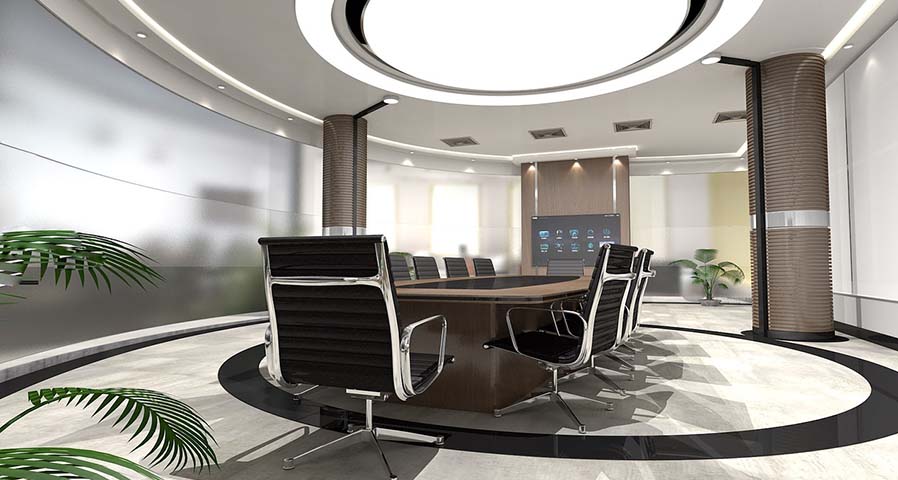

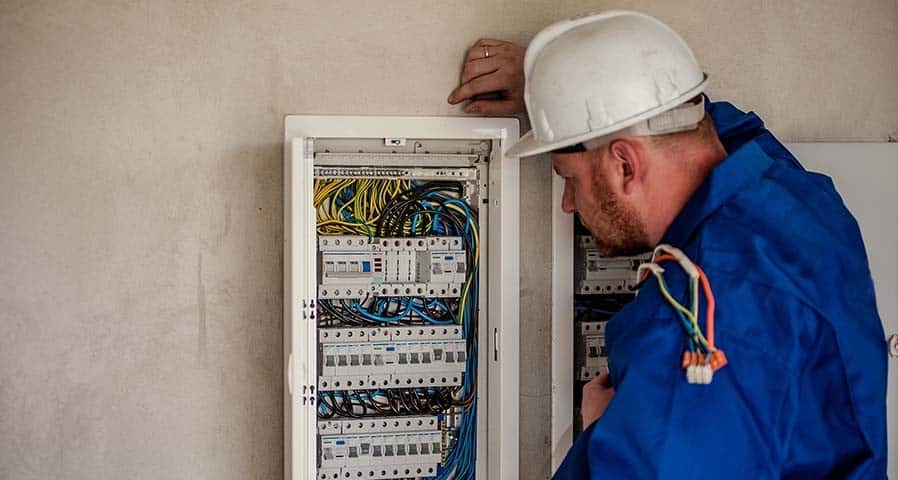
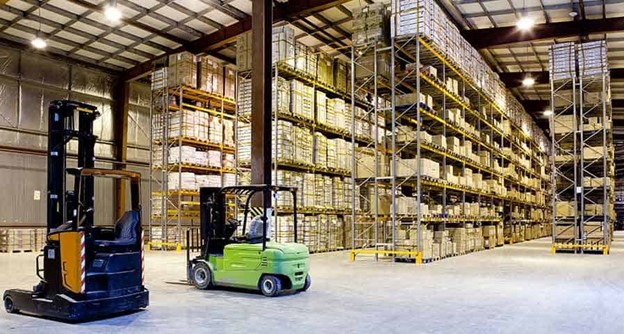
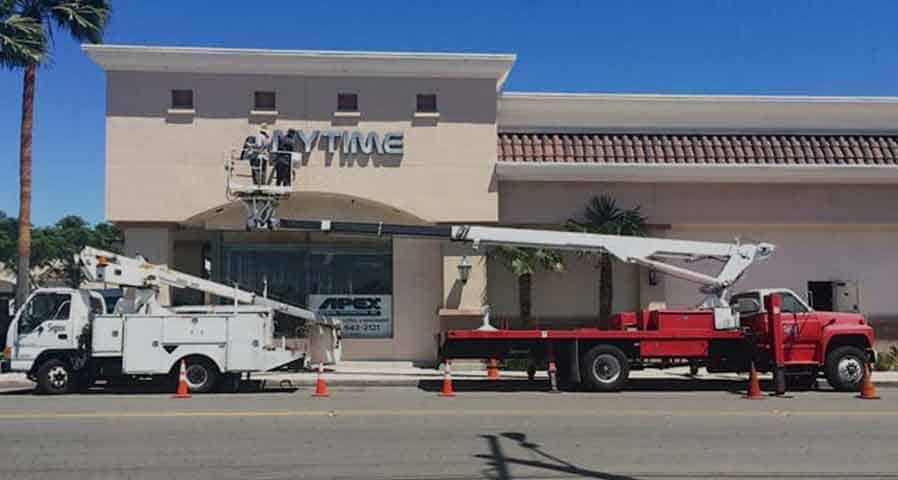

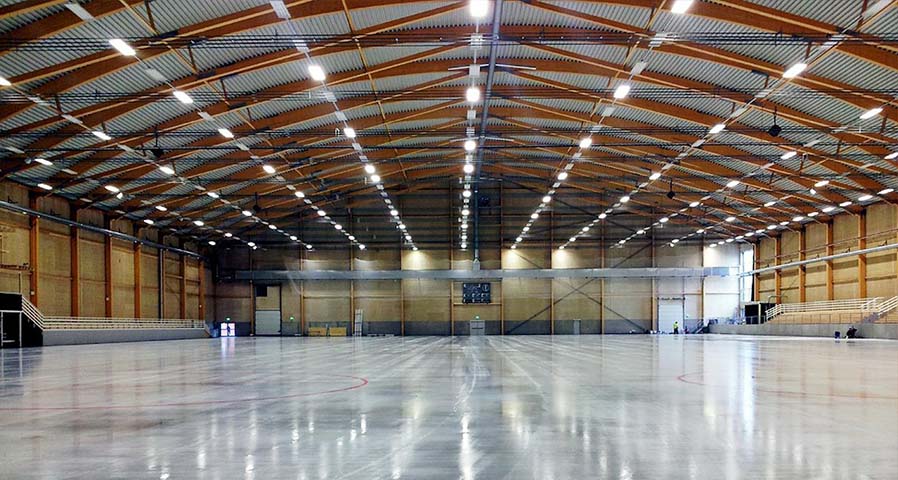








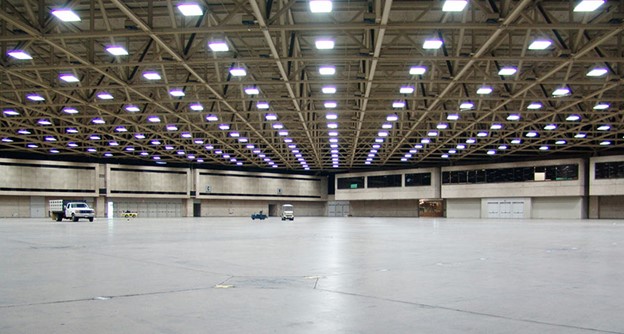
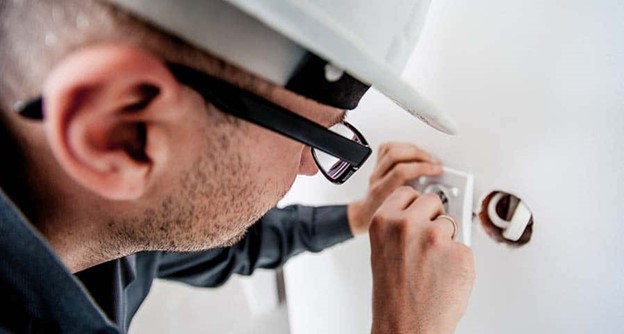

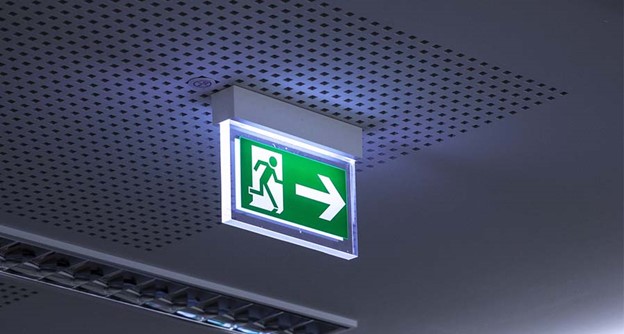
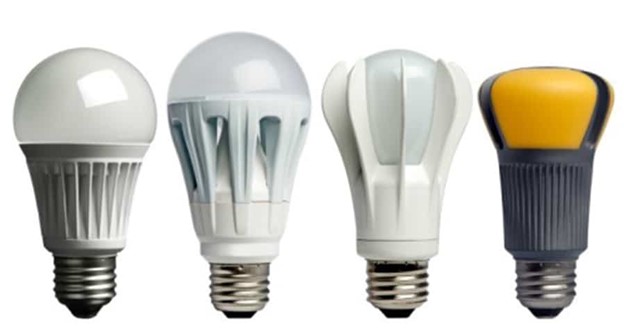
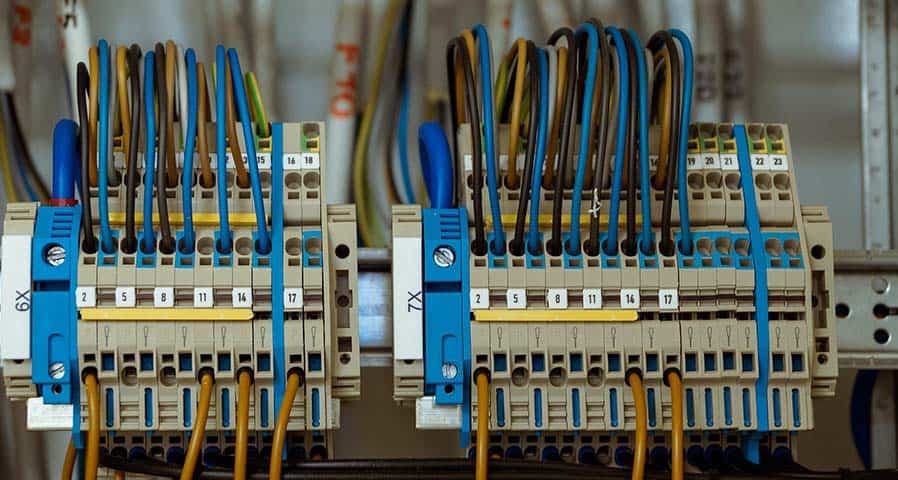

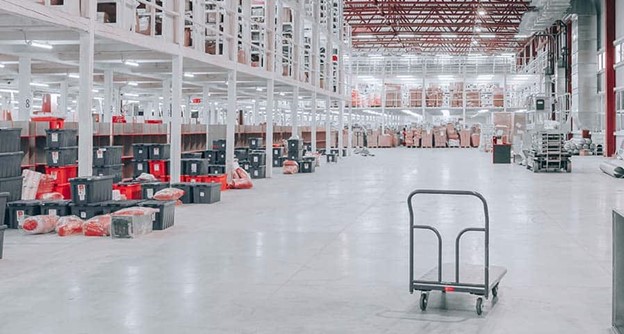

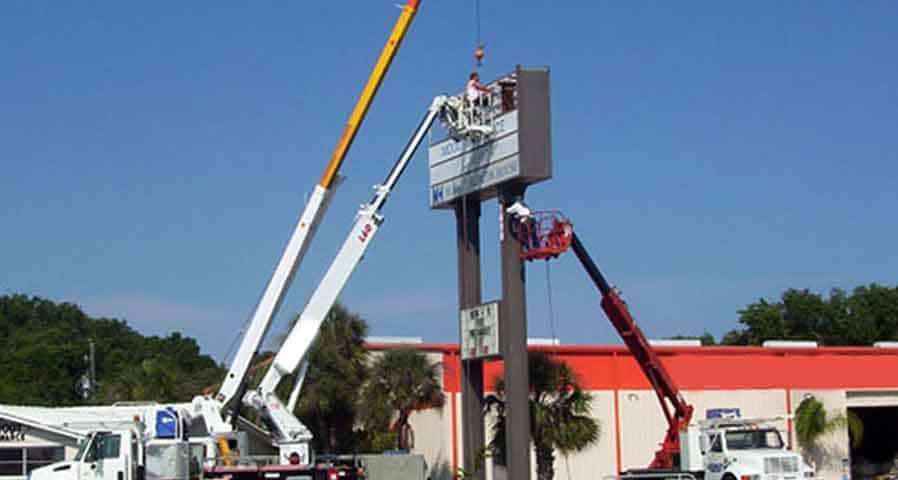

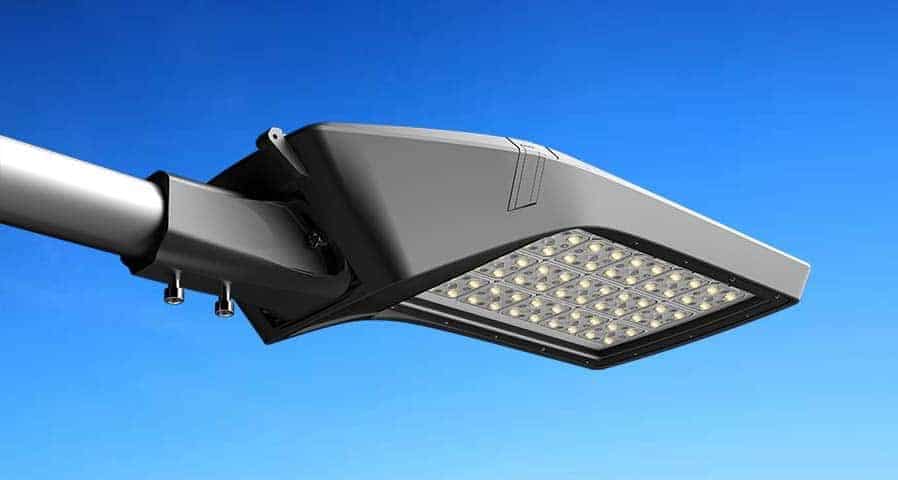
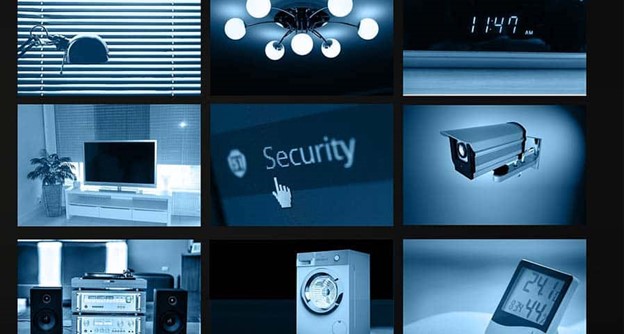

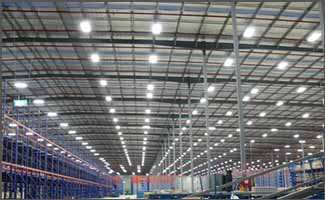










0 Comments